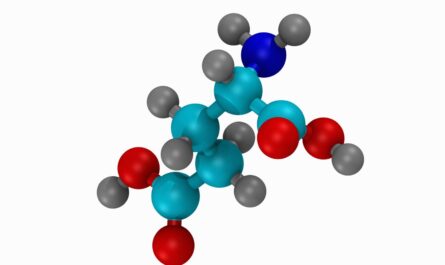Causes and Symptoms
Monkeypox is a rare viral zoonotic infection caused by the monkeypox virus which belongs to the orthopoxvirus family. The virus is mainly found in parts of West and Central Africa near tropical rainforests. Monkeypox spreads to humans through close contact with an infected person or animal, or with material contaminated with the virus. Some of the initial symptoms of monkeypox include fever, headache, muscle aches, backache, swollen lymph nodes, chills and exhaustion. Within 1 to 3 days of fever onset, a rash develops, usually starting on the face and then spreading to other parts of the body.
Diagnosis and Testing
If someone shows symptoms consistent with monkeypox like rash or fever along with risk factors like travel to affected areas or contact with infected person, the doctor may suspect monkeypox infection. The diagnosis is confirmed by performing laboratory tests on samples from skin lesions like swabs, fluid or scabs. Polymerase chain reaction (PCR) tests are commonly used which can detect the presence of viral DNA. Other tests like electron microscopy of scrapings or biopsies from skin or internal lesions can also help in diagnosis.
Existing Treatments
While there is no specific approved drug to treat Monkeypox infection, antiviral medications used to treat other orthopoxviruses may prove beneficial. The main treatment approach involves supportive care to relieve symptoms. Antiviral drug Tecovirimat (TPOXX) has been approved by the US FDA to treat smallpox and is being offered to treat severe or high-risk monkeypox cases under a special protocol. Cidofovir, an antiviral approved to treat cytomegalovirus retinitis is also being used for monkeypox treatment under an Investigational New Drug protocol. Pain relievers, fever reducers and anti-itch creams can help provide symptomatic relief.
Vaccination as Treatment
Experts believe that existing smallpox vaccines can help provide protection against monkeypox, with some studies showing 85% effectiveness. The vaccine can be given after exposure to limit or prevent the spread of disease. Some countries are offering a two-dose vaccination strategy for high-risk groups with the second dose given 28 days later to boost immunity. The smallpox vaccines approved for use against monkeypox are – Modified Vaccinia Ankara (MVA) and ACAM2000. Risks of side effects are lower with MVA as compared to ACAM2000. Postexposure vaccination within 4 days of contact may help prevent onset of symptoms or lessen severity of illness.
Immune System Support
Since monkeypox spreads in a similar way as smallpox, having a robust immune system is important to fight off and control the viral infection. Ensuring optimal nutrition, hydration, sleep and managing stress levels helps strengthen the immune response. Probiotics and zinc supplements have anti-viral properties and may provide additional immune support during monkeypox illness. Avoiding other infections like bacterial superinfections of skin rashes with good hand hygiene also aids recovery. Getting vaccinated against influenza as it can occur as co-infection with monkeypox.
Preventing Spread and Complications
It is crucial for monkeypox patients and their close contacts to isolate themselves till all scabs from rashes have fallen off and a fresh layer of skin has formed. This typically takes around 2-4 weeks. Thoroughly washing hands with soap and water especially before eating or touching eyes/nose/mouth can stop virus transmission. Disinfecting frequently touched surfaces and laundering contaminated bedding on hot cycle prevents spread from fomites. Avoiding intimate physical contact helps curb human-to-human transmission. Eye infection, scarring and secondary bacterial infections are some potential complications that require close medical supervision.
Surveillance
The 2022 global outbreak of monkeypox outside endemic West/Central Africa regions highlights the need for continued close monitoring and efforts to contain further spread. Sequencing of virus samples helped identify cases linked to travelling abroad. Enhancing disease surveillance worldwide coupled with contact tracing of cases can help stop evolving chains of transmission. Stockpiling essential medical countermeasures in high-risk countries prepares response in future outbreak scenarios. With collaborative global efforts, monkeypox outbreaks can be contained successfully while averting a pandemic like COVID-19. On-going research may uncover new antiviral therapies or vaccines against orthopoxviruses.
In summary, while monkeypox is generally a self-limiting viral illness, support from healthcare professionals helps expedite recovery. Close collaboration between doctors, public health departments and communities will be key to effectively control on-going and future outbreaks. Understanding existing treatment options, disease dynamics and preventive measures empowers people with facts to make prudent health decisions. Continued scientific investment promises improved medical countermeasures against emerging viral threats.




